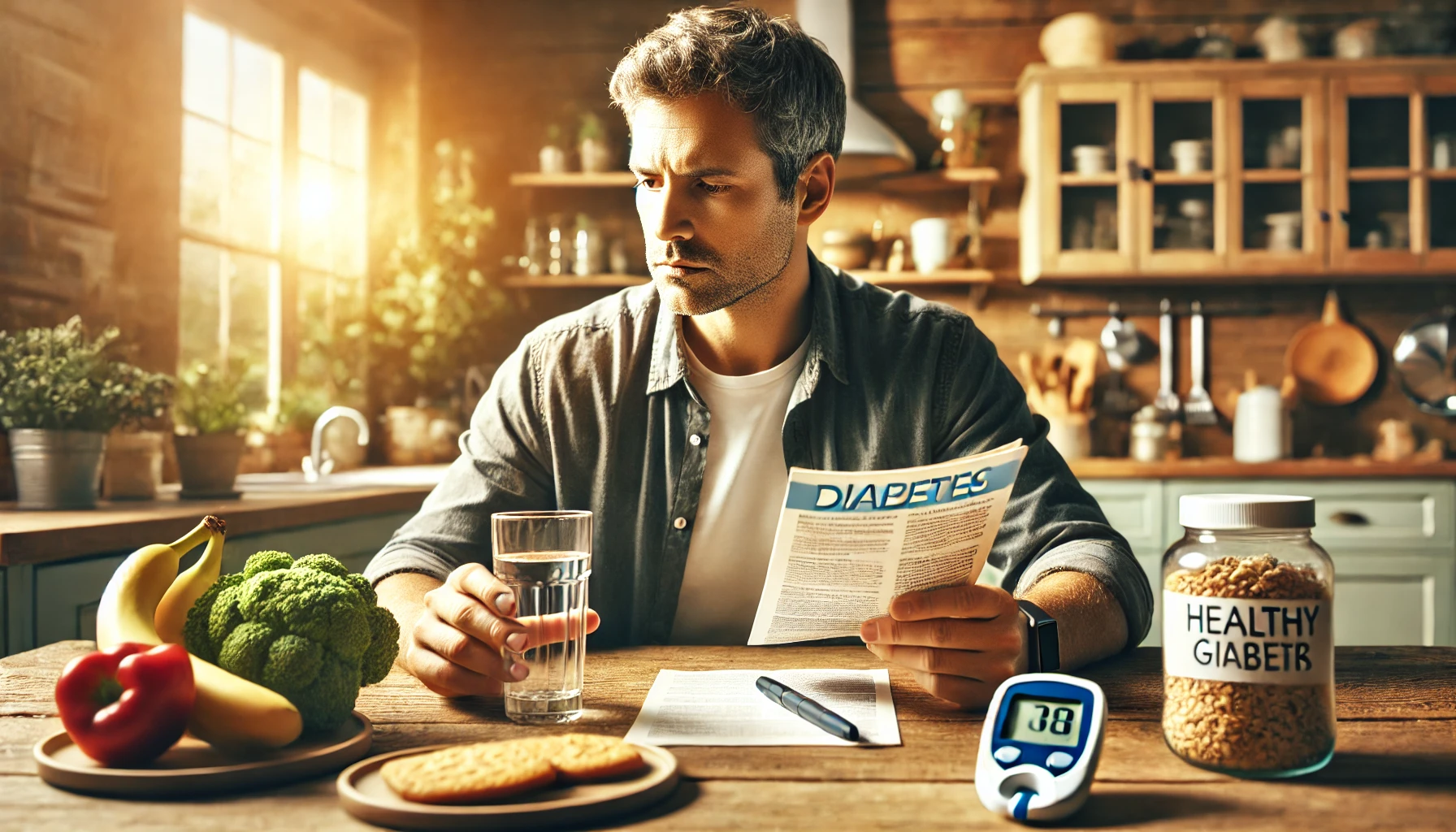Type 2 diabetes is a chronic condition that affects how your body processes glucose (sugar). Unlike type 1 diabetes, which typically develops in childhood, type 2 diabetes often develops later in life and is strongly linked to lifestyle and dietary habits. While the condition can be serious, early detection can greatly improve outcomes. Recognizing the early signs can help prevent complications and allow for more effective management.
Understanding Type 2 Diabetes
In type 2 diabetes, the body either resists the effects of insulin — a hormone that regulates the movement of sugar into your cells — or doesn’t produce enough insulin to maintain normal glucose levels. This results in high blood sugar levels, which, over time, can damage organs, blood vessels, and nerves.
Unlike type 1 diabetes, where insulin production stops entirely, type 2 develops gradually and can often go unnoticed for years.
Why Early Detection Is So Important
Many people live with type 2 diabetes for a long time before being diagnosed. During that time, the elevated blood sugar may silently damage critical parts of the body. Early diagnosis gives you the chance to make lifestyle changes, start treatment if needed, and avoid complications like:
- Nerve damage (neuropathy)
- Eye problems (retinopathy)
- Kidney disease
- Cardiovascular issues
Common Early Signs of Type 2 Diabetes
Here are the most common symptoms you should be aware of:
1. Frequent Urination
When sugar builds up in your blood, your kidneys work overtime to remove it. This leads to increased urination, especially at night. If you’re going to the bathroom more often than usual, it could be a warning sign.
2. Increased Thirst
All that urination can leave you dehydrated, making you feel thirsty all the time. This thirst may persist even if you’re drinking more water than usual.
3. Unexplained Weight Loss
Although type 2 diabetes is often associated with weight gain or obesity, unintentional weight loss can occur in the early stages. This happens because the body starts burning fat and muscle for energy when it can’t get enough glucose into the cells.
4. Constant Hunger
People with type 2 diabetes often feel excessively hungry, even after eating. This is because the body’s cells are not absorbing enough glucose, making your brain think you’re starving.
5. Fatigue
When your body can’t effectively use glucose for energy, you may feel constantly tired and weak. This fatigue is persistent and doesn’t improve with rest.
6. Blurred Vision
High blood sugar levels can cause fluid to be pulled from your eye lenses, affecting your ability to focus. This blurriness might come and go, and often improves when blood sugar levels stabilize.
7. Slow Healing of Cuts and Wounds
High blood sugar affects circulation and damages blood vessels, which can slow down the healing process. Small injuries may take weeks to heal or become infected easily.
8. Darkened Skin Patches
A condition called acanthosis nigricans — dark, velvety patches of skin, typically around the neck or armpits — can be an early sign of insulin resistance.
9. Frequent Infections
Diabetes can weaken your immune system, making you more prone to skin, gum, or bladder infections. If you experience infections more often than usual, it could be linked to high blood sugar.
Who Is Most at Risk?
While anyone can develop type 2 diabetes, certain factors increase the likelihood:
- Being overweight or obese
- Having a family history of diabetes
- Being over 45 years old
- Living a sedentary lifestyle
- Having high blood pressure or abnormal cholesterol levels
- Women with polycystic ovary syndrome (PCOS)
- People with gestational diabetes history
If you have any of these risk factors, regular screenings are essential, even if you’re not showing symptoms.
How Is Type 2 Diabetes Diagnosed?
If you or your doctor suspect diabetes, you may undergo the following tests:
- Fasting blood sugar test: Measures your blood glucose after an overnight fast.
- A1C test: Provides an average blood sugar level over the past 2-3 months.
- Oral glucose tolerance test: Measures how your body processes sugar after a sweet drink.
These tests help determine whether you’re prediabetic or have already developed type 2 diabetes.
Preventing Type 2 Diabetes
The best way to avoid complications is to catch the condition early or prevent it altogether. Here’s how:
- Exercise regularly: Aim for at least 150 minutes of moderate activity per week.
- Maintain a healthy weight
- Choose whole foods over processed ones
- Control portion sizes
- Monitor your sugar and carb intake
- Quit smoking and limit alcohol
- Stay hydrated and manage stress
Even modest changes, like walking more or switching sugary drinks for water, can have a big impact.
What If You’re Diagnosed?
A diagnosis doesn’t mean your life is over — far from it. Many people manage their type 2 diabetes successfully with:
- Diet and lifestyle changes
- Oral medications
- Regular blood sugar monitoring
- In some cases, insulin therapy
What matters most is consistency. The earlier you begin making healthy choices, the better your body will respond.
Don’t Ignore the Signals
Type 2 diabetes doesn’t usually appear overnight, and the early signs can be subtle. But your body often whispers before it screams. Paying attention to small changes — unexplained thirst, fatigue, vision issues — can be the key to catching it early.
If you suspect something’s off, don’t hesitate to speak to a doctor. Early testing could be life-changing.

